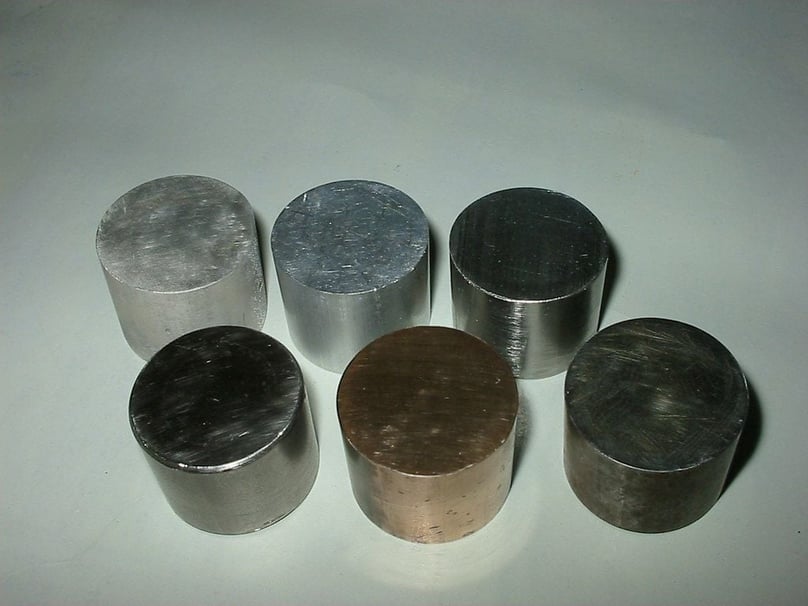The price of gold, silver, and platinum has significantly increased this year due to the volatile global financial market, making these precious metals on track for their highest yearly returns in nearly a half-century. This increase reflects the stabilized dependency on these commodities due to political uncertainty, inflation issues, and the ongoing U.S. government shutdown. Investors have traditionally turned to these precious metals in times of economic instability, a trend that has been especially noticeable in 2025.
The unpredictable state of U.S. trade policies, government shutdown, and the overarching global economy suggest that the factors driving demand for these metals are set to continue for a while. Simultaneously, the Federal Reserve seems to lean towards interest rate cuts, which could reduce investment competition from regular income yield assets.
Investors purchasing these metals is typically seen as a protection against inflation, political instability, and economic uncertainty-all of which are currently in motion. Some financial analysts believe that there is potential for a further increase in precious metals prices given the current market conditions.
This year, the S&P 500 Index has seen a rise of 14%, whereas the price of gold has surged by 48%, marking its best yearly performance since 1979. After reaching multiple record highs throughout the year, gold is currently trading near $3,900 per troy ounce, an increase of roughly 10% over the past month as the U.S. government shutdown approached.
On the other hand, the price for silver, after increasing by 17% in the past month, has returned approximately 65% for the year and is currently trading near $48 per troy ounce, surpassing its 2011 peak of $43. However, platinum has outperformed both gold and silver with a year-to-date return of close to 80% and is currently trading near $1,600 per troy ounce.
Mining stocks for these precious metals have also benefitted from the increased prices, with the Van Eck Gold Miners ETF (GDX) and the Global X Silver Miners ETF (SIL) both gaining around 125%.
Although investment demand could account for most of the price hikes in precious metals this year, it's not the sole reason. In recent times, global central banks have increasingly started storing reserves in gold, despite its limited industrial uses. Silver and platinum, conversely, find a wide range of applications in industries, thereby driving their demand.
Despite everything, uncertainty continues to be the primary driver of precious metals prices, as asserted by a recent report from the World Gold Council. It warned that rising inflation coupled with a slowdown in economic activity and weakening labor markets indicate growing risks of a stagflationary environment, further favoring conditions for precious metals.

